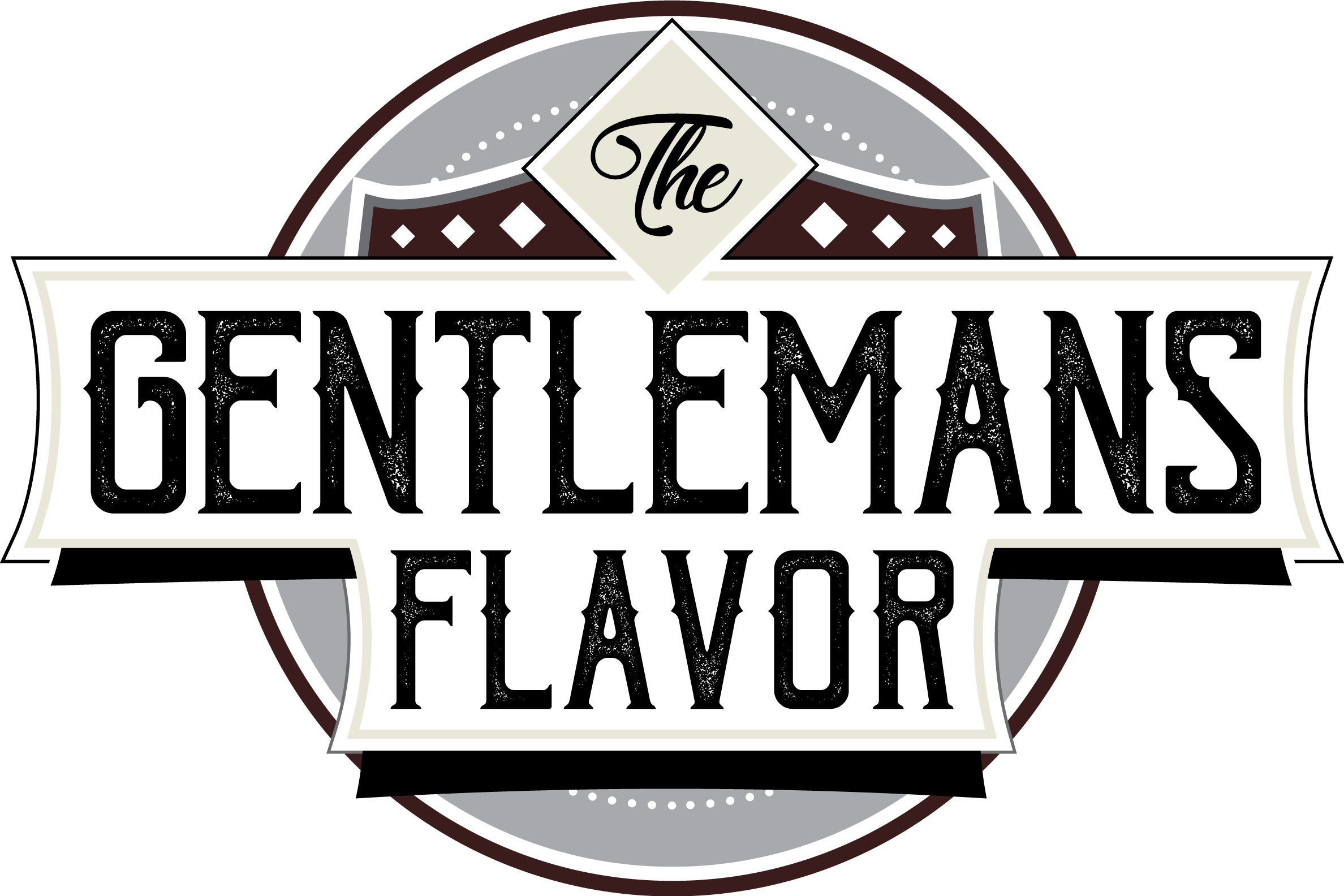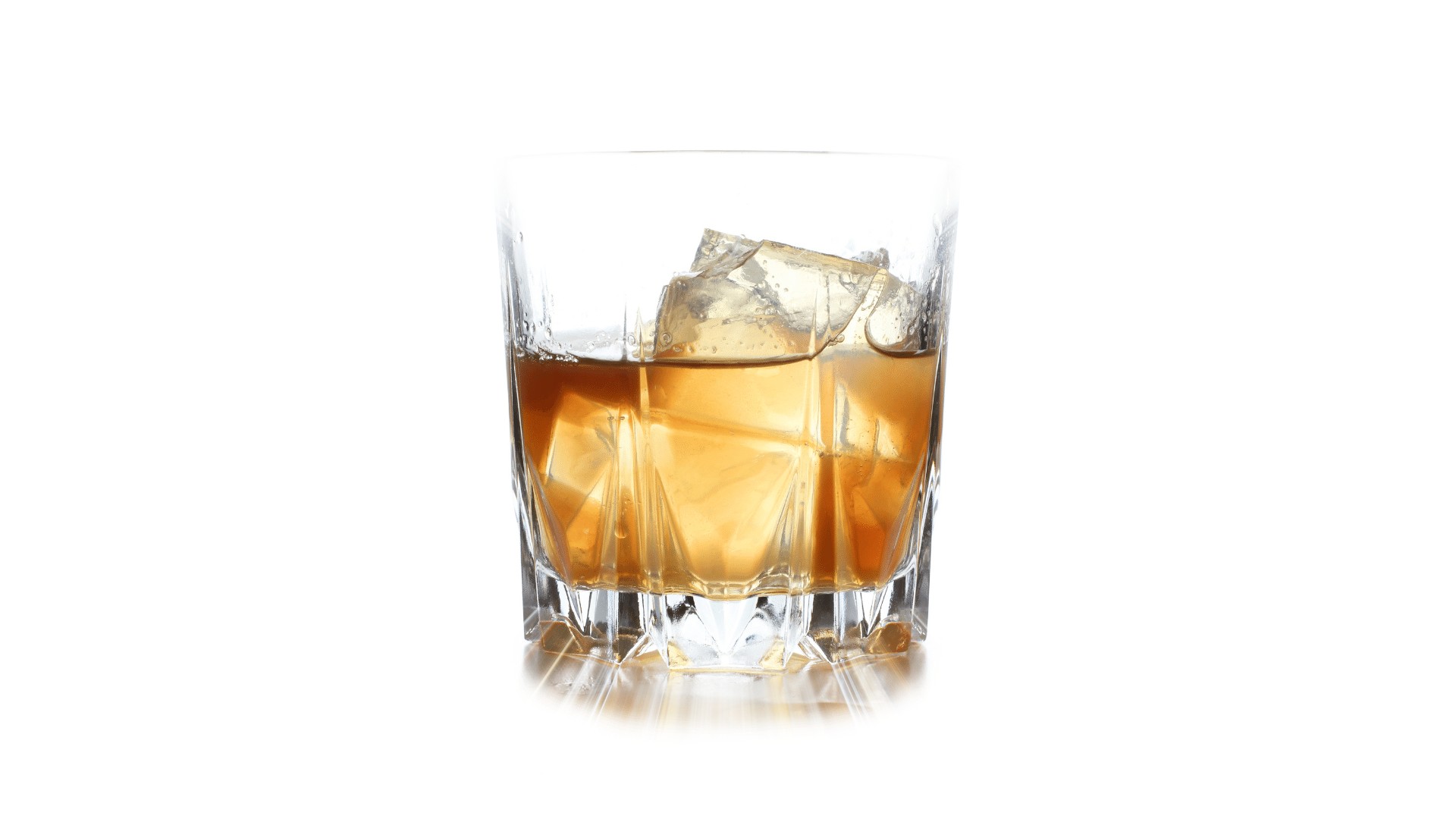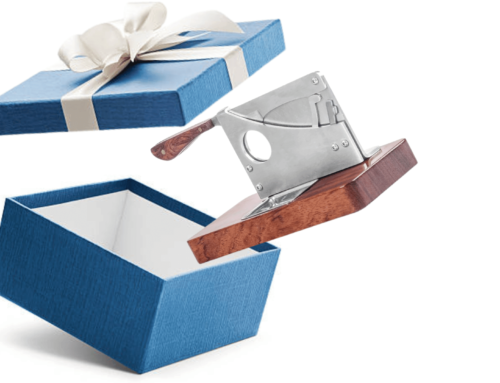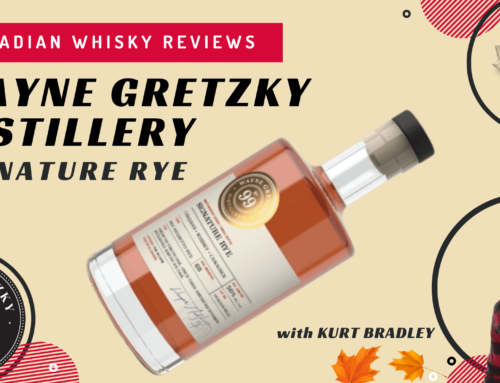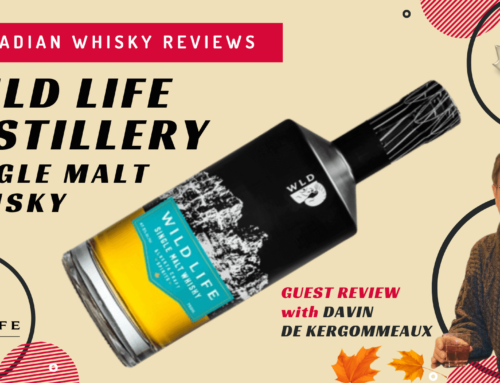After reading the following article about incorporating ice into your spirits, you may think it’s all pretty neat…
Ok, kidding aside, the following piece will take a look at the concept of enjoying spirits on ice. We’ll address why some purists may be opposed to it, and why others still prefer to chill before they swill…
The Ice Age
For most of us, we typically begin our journey into spirits by adding ice to our drink. When compared to life in the lesser fortunate pre-refrigeration generations of the past, cooling your drink is undoubtedly a refreshing modern luxury.
Prior to the age of refrigeration in Scotland, whisky-making Scottish farmers of the 19th century would sometimes extract cold stones out of a nearby river to add them to their creation in an attempt to enjoy their brief cooling effect.
This is where the ‘on the rocks’ phrase is said to have first originated – though some say it dates back much further to the Viking era.
Ice first became publicly available around the beginning of the 20th century. As early as the 1920s, the delivery of ice via a large ice block started to become commonplace for establishments and households. It’s said that the act of adding ice to spirits became a widespread concept first in America around the 1940s, when freon started to become the main gas used in refrigerators and iceboxes. This afforded the option of enjoying ice in symmetrical cubes rather than having to chip away from a single large block.
Since then, ice has firmly remained a fixture of drinking.
But why?
The two big reasons why ice is so popular are also the very same reasons that many choose to avoid it – it provides a cool, numbing effect and it dilutes the drink.
Beyond this, ice undoubtedly adds a refreshing component to a drink.
The numbing effect provided by ice makes it easier to overcome the dominant ‘burn’ sensation that comes off the ethanol (alcohol) component within the spirit. This in turn makes spirits easier to drink – which comes in handy for those whose palates are still getting acclimatized to having them without the aid of a mixer.
Of course adding ice also dilutes a spirit, which lowers the alcohol percentage within the glass, again making it easier to get it down the hatch.
The Science-y Part
When ice is added to a spirit, the temperature of the liquid rapidly drops.
This results in certain molecular compounds becoming muted or ‘frozen’ within the spirit. Thus, the act of adding ice to your drink can trap certain desired flavors and aromas that a distiller may have intended for you to perceive and enjoy.
Prior to bottling, most distilleries will typically ‘proof down’ their liquid to a certain abv through adding high quality water to arrive at a desired aromatic and flavor profile. Unlike ice, adding water to a spirit is known to activate many aromatic molecules that would otherwise be dormant at a higher percentage of alcohol (abv).
Adding a little bit of water to a spirit can essentially ‘open up’ and liberate certain hydrophobic molecules that when consumed, travel up the nose to the sinus cavity and result in new perceived tastes.
We guarantee that there are scores of Kentucky gentlemen who will contend that their bourbon goes better with ice. Period.“
When To Ice
Certain kinds of spirits can benefit from the addition of ice. Some uncut cask-strength/barrel-proof spirits were made for you to add water or ice to them.
Certain spirits seem to become enhanced when ice is added, bringing forth flavors that were previously hiding in background once the ice begins to melt and the drink starts to warm in your hand.
Taste buds react differently to flavors according to temperature, and at times this can be enhanced with the cooling effect of ice.
Of course, higher proof spirits (like certain bourbons for example) that typically go great neat while sitting beside a roaring fireplace on a cold winter’s night aren’t equally as enjoyable neat in hot weather. Adding ice can make such higher abv spirits more refreshing and actually unlock some extra flavor when consumed in warmer environments.
Yes, we guarantee that there are many Kentucky gentlemen who will contend that their bourbon goes better with ice. Period.
The tricky part is that throughout the process of enjoying a particular spirit with ice, you may find that there is both a ‘sweet spot’ – the moment where the ice is effectively performing to enhance the taste, as well as a particular juncture where it may begin to increasingly detract from the taste as it progressively melts and dilutes.
It must be understood that drinking a spirit with ice is not a static experience as it is when consumed neat or with the addition of a small bit of water, for as the ice melts, it is constantly changing the liquid.
Our recommendation is to play around with different variables. Experiment a little. First try it neat. Then add some quality water to open it up a bit. Then try it with ice.
If it’s not enjoyable in any of these formats, relegate it to mixing fodder for cocktails.
Remember, as your experience with spirits evolves, your palate will often become more attuned to higher abv spirits that are increasingly complex. For a novice or intermediate, adding water or ice to a 40% abv spirit may be perfectly agreeable. However for a more seasoned imbiber, adding water or ice may make the drink come off as too ‘thin’ or watery.
The line between diluting to taste and diluting to waste can be a fine one. It can be in a constant state of flux and changing personal preference as your journey into spirits evolves.
How To Ice
Before you add ice to a spirit, there are a few things you should know.
Larger ice blocks work great as they break down and dilute a drink at a much slower pace than multiple smaller cubes. Spheres expose even less surface area compared to the same volume in a cube. Ice sphere machines and cube trays to make larger cubes are now widely available and relatively inexpensive.
Remember to use high quality water and ensure that your cubes haven’t been sitting in your freezer for months in the same compartment as frozen foods and whatnot. This can make your ice adopt off notes that are derived form their surroundings and negatively impact your spirit.
Also, choosing to use distilled water can add a nice aesthetic appeal to your drink as it tends not to cloud when it freezes like non-distilled sources do. Having a nice clear and transparent large ice cube or sphere can add to a drink’s visual appeal, and is less likely to contribute any unwanted flavors or aromas too.
Summary
It’s understood that there are generally two ways to consume a spirit: for appreciation or for enjoyment. Or a little bit of both.
Appreciation involves utilizing all your senses. It involves the quiet perception and analysis of appearance, nose, taste and finish. It generally involves sipping a spirit neat or with a little water to open it up while using glassware that is designed to maximize your experience.
Enjoyment on the other hand, is pretty straightforward. It involves not taking things too seriously and allowing your senses to be distracted by things beyond merely what’s in your glass. At times it certainly involves incorporating a refreshing aspect via the addition of ice.
Let us put this discussion on ice by saying that there is no wrong way to consume a spirit. Whether iced or neat, don’t forget to enjoy and appreciate the experience that sipping a fine spirit can bring.
-Kurt Bradley

Kurt Bradley is the founder of The Gentleman’s Flavor, to which he is also a contributing editor, host and curator.
Kurt is a certified Whisky Ambassador accredited by The Scotch Whisky Association and has achieved Level 2 Award in Wine & Spirits Education Trust with distinction.
He lives in Toronto, Ontario.
